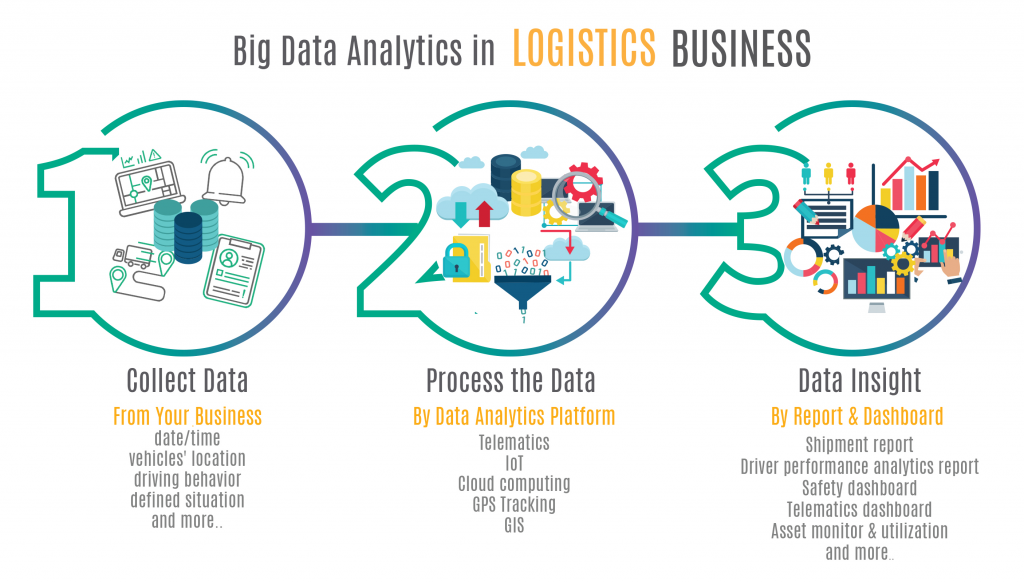
Are you curious about how big data impacts predictive analytics? If so, you’ve come to the right place! In this article, we’ll delve into the ways in which big data has changed the landscape of predictive analytics. Get ready to learn about how big data is transforming the field of analytics as we know it.
Introduction
Before we dive into the impact of big data on predictive analytics, let’s define what we mean by these terms. Predictive analytics is the use of data, statistical algorithms, and machine learning techniques to identify the likelihood of future outcomes based on historical data. Big data, on the other hand, refers to large, complex sets of data that cannot be processed using traditional data processing tools.
The Impact of Big Data on Predictive Analytics
Big data has had a significant impact on predictive analytics in a number of ways. Let’s explore some of the most important changes.
Increased Data Volume
One of the most obvious impacts of big data on predictive analytics is the sheer volume of data that is now available. In the past, predictive analytics was limited by the amount of data that could be processed using traditional methods. Today, with the help of big data tools and techniques, we can analyze massive amounts of data to gain insights that were previously impossible.
Increased Data Variety
Another important impact of big data on predictive analytics is the variety of data types that can now be analyzed. In the past, most predictive analytics models were based on structured data, such as data found in databases. Today, with the rise of unstructured data sources such as social media, predictive analytics models can be based on a much wider range of data types.
Improved Accuracy
Big data tools and techniques have also led to improved accuracy in predictive analytics. By analyzing larger and more diverse data sets, predictive analytics models can now make more accurate predictions about future outcomes.
Faster Processing Speeds
Big data tools and techniques have also led to faster processing speeds for predictive analytics. In the past, analyzing large data sets could take days or even weeks. Today, with the help of big data tools and techniques, we can analyze massive amounts of data in a matter of hours or even minutes.
New Opportunities for Innovation
Finally, big data has opened up new opportunities for innovation in the field of predictive analytics. With the ability to analyze massive amounts of data, we can now identify patterns and trends that were previously hidden. This has led to new insights and new approaches to solving complex problems.
Conclusion
In conclusion, big data has had a significant impact on predictive analytics. We’ve seen improvements in accuracy, processing speed, and the ability to analyze a wider variety of data types. We’ve also seen new opportunities for innovation and the ability to solve complex problems in new ways. As we continue to collect and analyze more data, we can expect even more transformative changes in the field of predictive analytics.
Email- contact@devopsschool.com

 Starting: 1st of Every Month
Starting: 1st of Every Month  +91 8409492687
+91 8409492687  Contact@DevOpsSchool.com
Contact@DevOpsSchool.com
